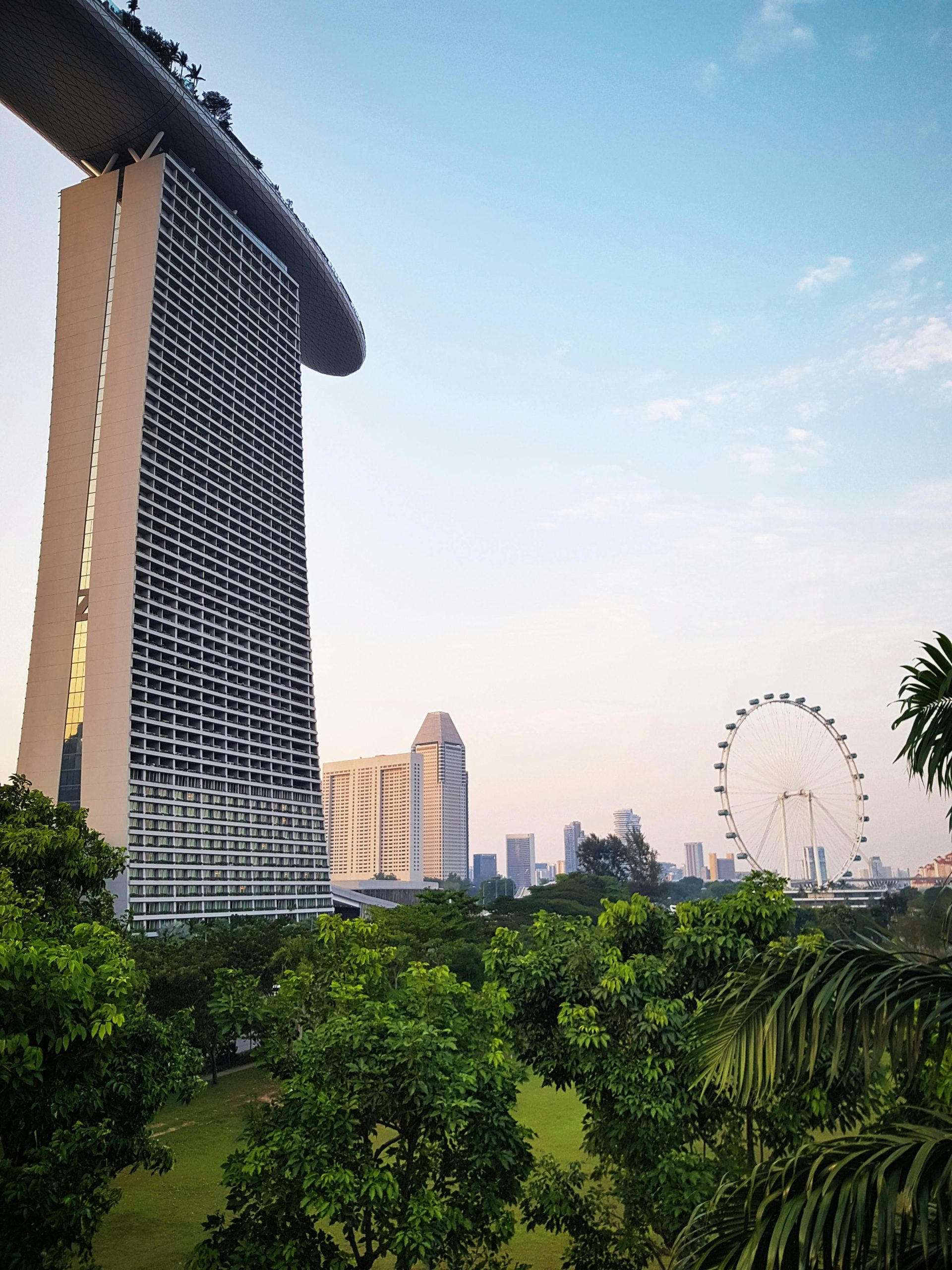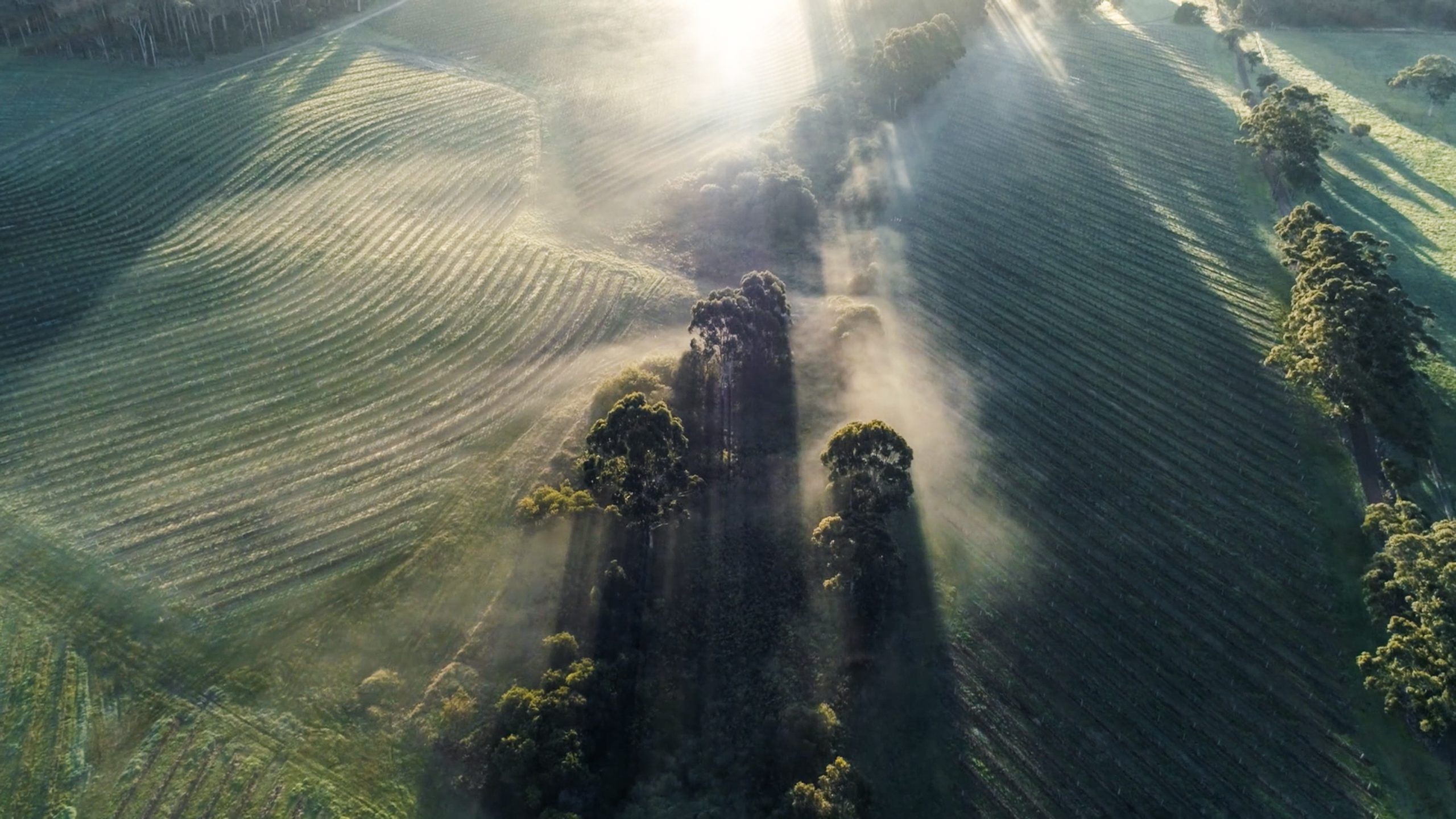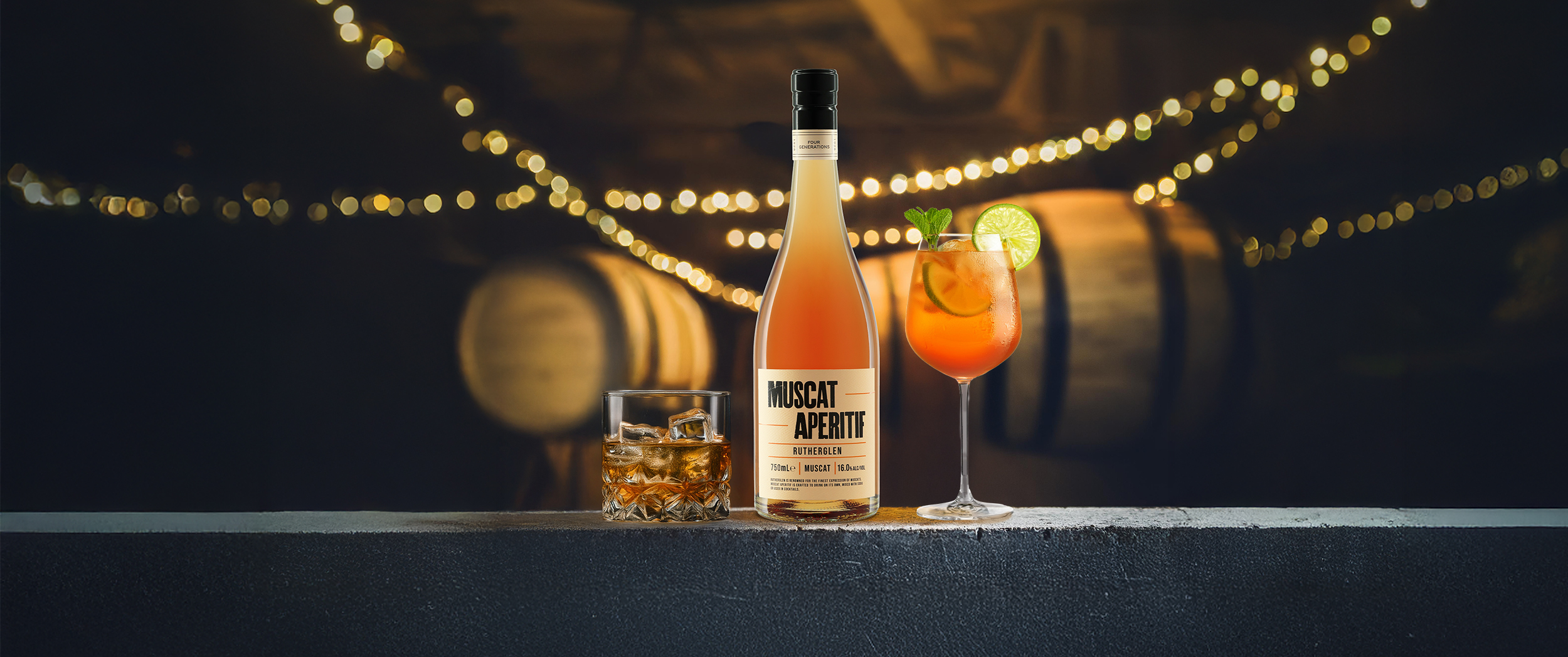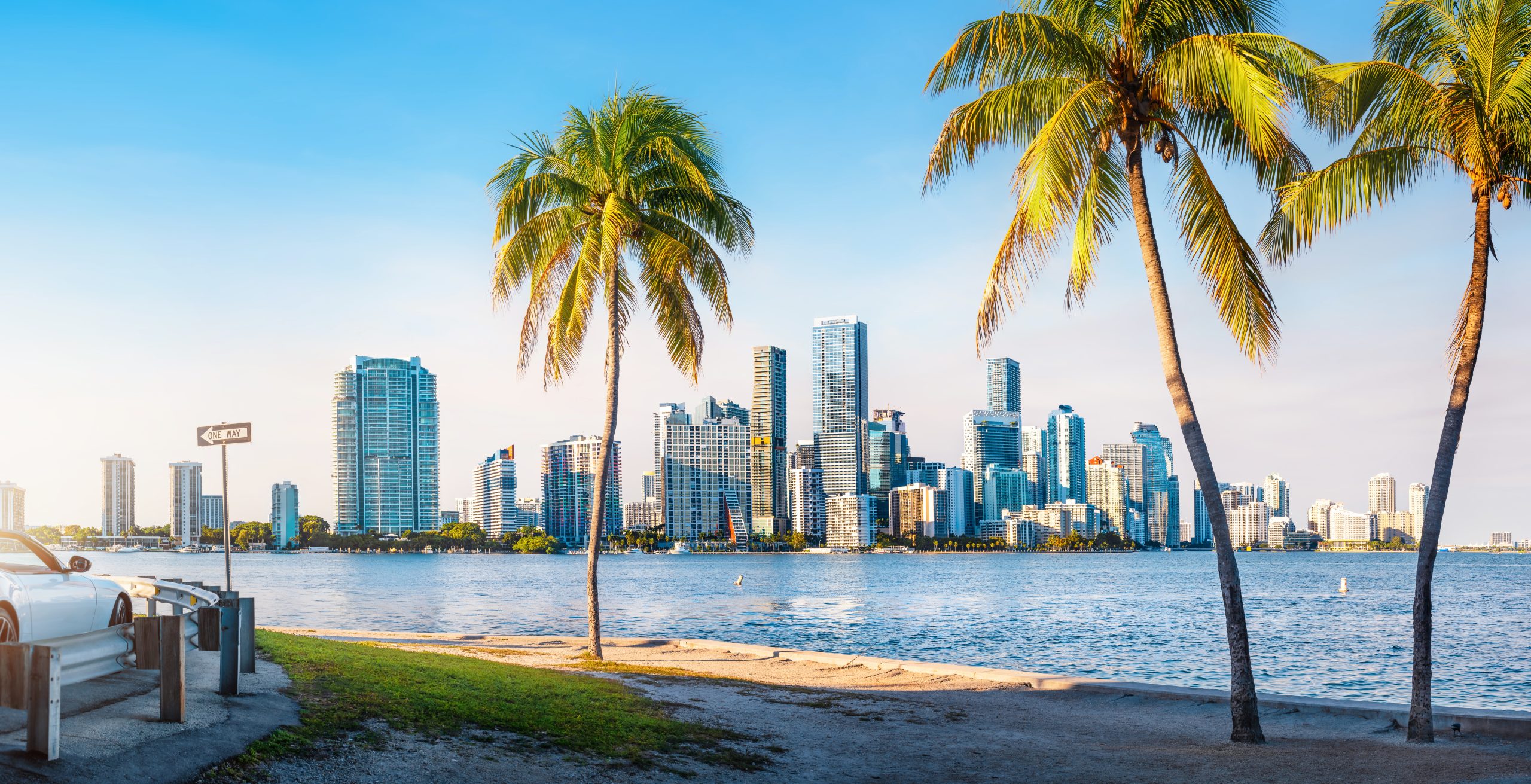Campari targets Asia
Matteo Fantacchiotti, the new chief executive of Davide Campari-Milano, has lost no time in setting out his objectives for the Italian group.
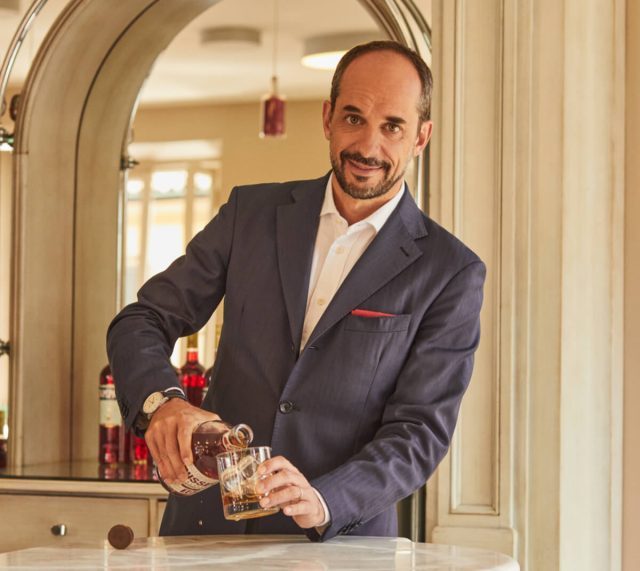
Barely a week after taking over from Bob Kunze-Concewitz, Fantacchiotti, has trained his sights on growing the business in Asia and in China especially.
Given the slowdown in growth in the Chinese market for imported alcohol affecting the major groups over the past six months, that may raise a few eyebrows, especially as baijiu takes 95% of the expanding deman, but Fantacchiotti knows the region well, having previously headed Asia for Campari.
And his strategy is for the longer term.
Asia growth
In an interview with Bloomberg said: “I believe over the next five to 10 years Asia will account for 15% to 20% of our global sales.”
“Asia has become a strategic priority for the group in 2020.
“First we gave priority to Europe, then to the US, which is our number one market, and now it’s time for Asia.”
In Campari’s 2023 financial year to the end of February, the Asia Pacific region accounted for just 8% of its sales (half of that in Australia) while 44% came from the Americas.
But Asia was its fastest-growing region, putting on almost 21% in the year.
That is no mean feat since the business has increased in scale by about 60% organically compared with 2019.
Partner Content
Aperitifs
Its aperitifs stable has chalked up organic growth of 84% since 2019 to comprise 40% of sales today compared with 35% in 2019.
Bourbon has grown by 50% in the past five years while tequila has put on 188%, doubling its size to comprise 8% of sales last year.
Fantacchiotti spoke at an event to mark the upgrade of Campari’s plant in Novi Ligure, northern Italy, which about a third of its capacity.
The extra facility will increase its annual capacity by 100 million bottles; production has already risen from 29 million bottles in 2004 to 360 million last year.
Spearheading the drive into Asia will be Aperol which Campari bought in 2007 since when its sales have increased 12-fold to generate a quarter of the group’s business. Last year, it grew by triple digits in China and India, albeit from a modest base.
Fantacchiotti says the brand has “enormous” potential and he plans to focus initially on “cities close to Hong Kong and with favourable weather,” he said.
Cognac
Cognac is China’s largest imported spirits category, so the $US1.32bn deal to buy Courvoisier from Beam Suntory, the biggest takeover in Campari’s history, will add significant clout to its portfolio.
Incorporating Courvoisier into the stable is an immediate task but Fantacchiotti sees further takeovers as part of the route to expanding the business.
“We’re looking at anything that can strengthen our franchise to grow even more quickly in the US and Asia and that can make our offer ‘premium’,” he said.
“Whiskey is just an example but it’s not the only category we’re looking at.”
Related news
Why we are witnessing the rise of Thai craft beer in America
Demand for premium beer across Indian cities fuels growth
Inside the Tokki Soju Hong Kong pop-up reimagining classic cocktails

